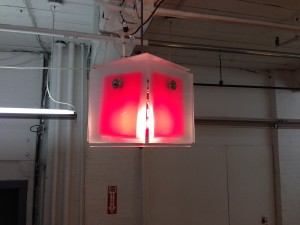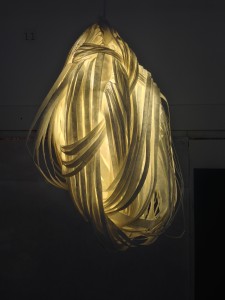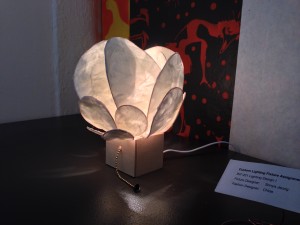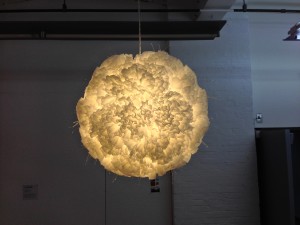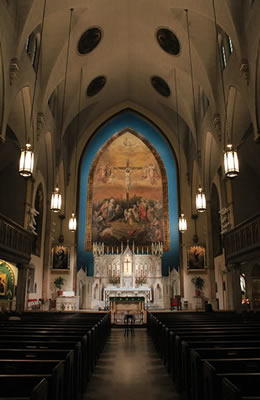Earlier this week I had a disagreement with a contractor about my specifications and fixture schedule. The client, who had never been involved in a construction project of this type, didn’t know which one of us to believe. It went like this: We are coming up on the end of construction and the contractor is slightly over budget. In order to save money he wants to start to substitute less expensive products for those that have not yet been purchased which, in this case, includes the lighting fixtures and control system. His problem is that my specification and fixture schedule are so clear and precise (also referred to as “tight”) that he is having a hard time finding acceptable alternates. He told that owner that my tight specification is unfair because of this, and that I’ve essentially “given” the project to certain manufacturers “regardless of price.” I explained that a tight specification protects the integrity of the design, and thus protects the owner, by guaranteeing that the expected design is the one that is installed. Who is a client to believe? Let’s go through this.
As a lighting designer I have one source of income – my fee. I don’t get a royalty or commission from manufacturers that I specify*, I don’t sell fixtures to the project, and I don’t set pricing for fixtures. As a result, my only incentive to specify one manufacturer over another is appropriateness for the project. I talk to the owner about their needs and desires, budget, and timeline. I evaluate fixtures based on performance, options, accessories, quality, and price. I run calculations to make sure that the appropriate amount of light is being delivered and that the lighting system’s power consumption is within code limits. In some cases I’m contractually required to identify three equal fixtures for each type. That’s a lot of work and I want to make sure that it isn’t lost or undermined, so I write a tight specification.
After all of that work, though, most projects don’t require the contractor to provide only those items that the designers have specified. The rationale is that this gives contractors more flexibility in getting the best price, especially for public projects being paid for with tax dollars. In practice, however, this is often not the case. The contractor wasn’t present during the design process and doesn’t understand the criteria that went into selecting each fixture. He (or she) is primarily concerned with price, not performance. It’s common for the first round of substitutions offered by the contractor contain a large number of fixtures that are inappropriate for one reason or another. If a substitute fixture will do the job I usually accept it, but I won’t accept a fixture just because it’s offered. A tight specification sets the requirements for the fixtures and provides the basis for rejecting inappropriate substitutions. Yes, this can constrain the contractor’s choice of substitutions but for a good reason. There are huge variations in fixture performance, even when fixtures look the same. I’ve had contractors (and architects) say that a downlight is a downlight is a downlight. Take a look at the photometrics and it quickly becomes obvious that this just isn’t so.
From a designer’s perspective we protect the client by protecting the design, accepting substitutions that work but rejecting those that don’t. A tight specification can limit the amount of back and forth with substitutions by setting strict criteria that substitutions must meet. That’s part of the professional expertise we bring to the project.
*I admit I do sometimes get a nice box of chocolates during the holidays.



